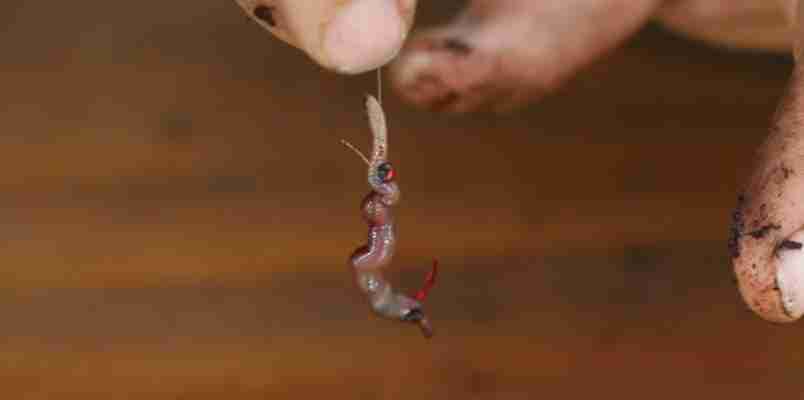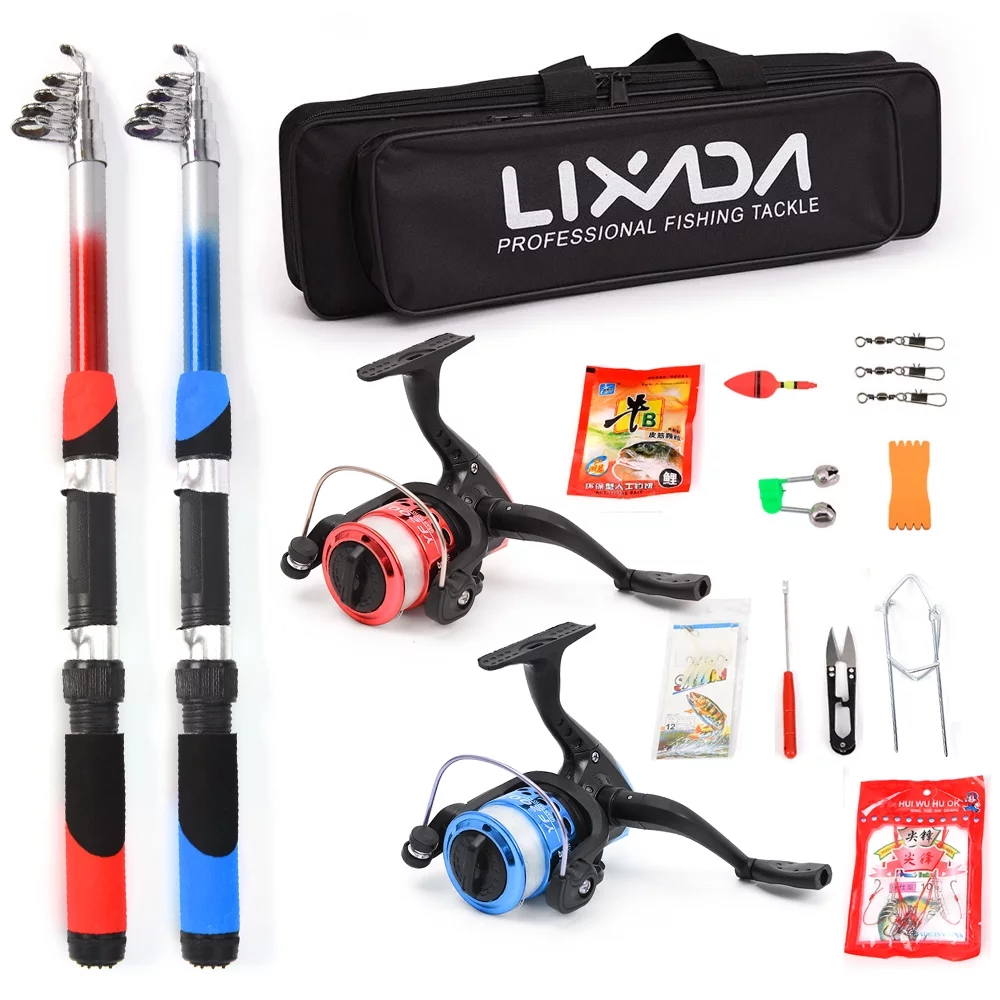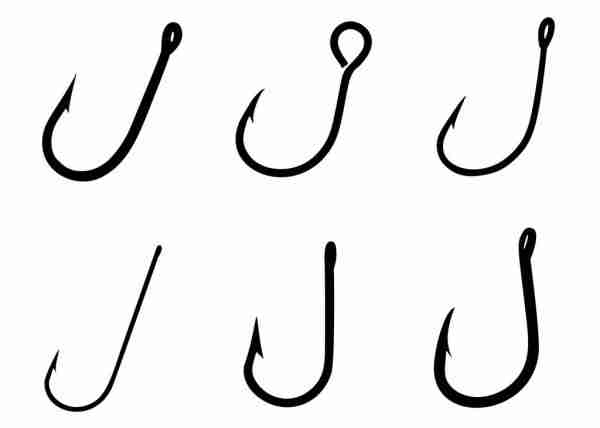
Choosing Hooks For Bream On A Feeder

7 min read
Before Choosing Hooks For Bream, there are several questions: what form to choose? What is the optimal thickness of the wire when fishing for bream on a feeder and other gear? And already fed up, but still relevant question: which manufacturer to prefer? An experienced angler has several hooks in his stock, which he, after much trial and error, has come to trust.
From beginners, and from those anglers who are used to constantly improving, questions are often heard: which hook is better to catch bream, crucian carp, carp, and so on? Today we will try to “deal with” the bream and share our experience, which may be useful to someone.
Choosing Hooks For Bream Types Of Hooks
Long shank hooks:

These hooks have a longer shank, which allows for more bait to be placed on the hook. They are often used for larger baits and are good for targeting bigger breams.
Wide-gape hooks:
These hooks have a wider gap between the shank and the point, which allows for better hooking and holding of the fish. They are a good choice for soft or delicate baits.
Spade end hooks:
These hooks have a spade-shaped end on the shank, which allows the bait to sit more securely on the hook. They are a good option for baits that tend to slip off traditional hooks, such as worms or maggots.
The basic rule about hooks for bream
The most important thing for a hook is its sharpness!
This rule is basic when catching any fish and the path to successful fishing. After several casts, do not forget to check the sharpness of the sting. This is especially important during bottom fishing, with the same feeder, for example. With such fishing, the “feeder” hook becomes dull faster, especially on a rocky bottom. The easiest way to run the tip of the sting over the nail. If the string is dull, then it will be immediately visible - there will be no scratch on the nail from the sting.
Factors to consider when choosing hooks for bream
What is the size of the bream hook?
Athletes advise us to use smaller hooks.
A small hook is easier to disguise with bait and the bream is more likely to swallow it and catch on. Often, a small thing constantly clings to a small hook and nozzle, if you increase its size and nozzle, then the little thing will bother you less, but the bites of large fish become more careful and rare.
At the same time, a small hook can simply fly out of the mouth of a large fish when hooking, especially if the bait is dense, even with an open sting. This is why many recreational anglers prefer to use a larger “normal” hook, even at the expense of concealment. Others, on the contrary, do not see the dependence of the size of the hook on the size of the fish.
The following recommendations can be made:
- If a bloodworm is used as a nozzle for bream, then the optimal size will be No. 16-14.
- Maggot can be planted one by one or several, it is better to choose a hook for catching bream No. 14-10
- For corn and pearl barley, you can take medium sizes: No. 14-8.
- For a worm, you can choose a medium or long forearm with No. 10-6
Strength of the hook:
Bream can be strong and put up a good fight, so it is important to choose a hook that is strong enough to handle the weight and size of the fish. A hook that is too weak may bend or break, leading to lost fish.
Type of bait being used:
The type of bait you are using can also impact your choice of hook. If you are using soft or delicate bait, a wide gape or spade end hook may be a good option to help keep the bait securely on the hook. If you are using a larger bait, a long shank hook may be more suitable.
What is the shape of the hook for catching bream?
This, perhaps, is what can matter when catching bream. Each angler has his own feeling about which hook will be more catchy. The most commonly used round “classic” bend shape (the tip can be bent to the side, inward, or remain straight) and a flattened shape borrowed from fly hooks.
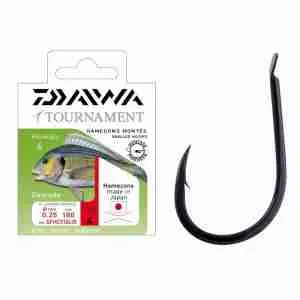
On sale, you can also find special bream hooks from different manufacturers. It is designed rather for a beginner in fishing, who is provided with equipment, a rod, a feeder, and hooks for a specific fish and pond. Such hooks are no worse than usual, the main thing is that the quality (read the manufacturer) is reliable.
What hook wire diameter is best?
It is worth thinking seriously about this when fishing for bloodworms, to a lesser extent for worms and maggots. The thinner the hook, the less the bait is injured, but a large fish can easily cut through the lip on a thin wire, especially in warm weather, when it resists more actively. In winter, it’s really better to put thinner hooks (wire diameter 0.6 or less), and in summer it’s better to look for a middle ground, and not “get hung up” on this issue.
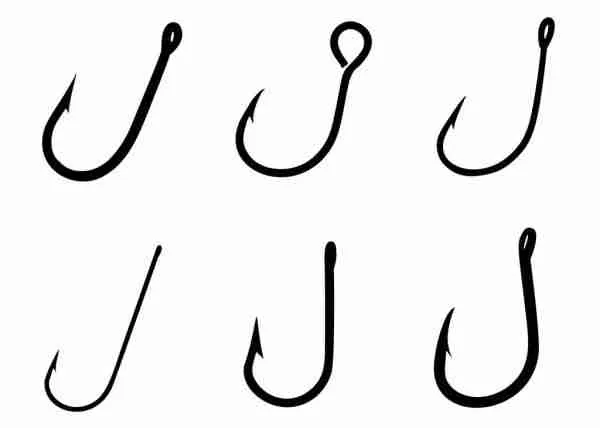
Experienced anglers say that it is not worth saving on hooks. It’s hard to disagree with this. Compared to the total cost of fishing, the cost of hooks is not that big. So it’s better to take branded ones in normal stores: Owner, Gamakatsu, Katana, Kamasan, etc.
I will add one more thing: there is an opinion that bream bites better on dark hooks, especially in sunny weather. If the wire has a light shade, then it can be smoked over the fire, but without overheating. It seems like a trifle, but in the capture of large bream it can play a decisive role. No tail, no scales!.
Tips for selecting the best hooks for bream fishing
- Match the size of the hook to the size of the bream you are targeting: Choosing the right size hook is crucial for successful bream fishing. A hook that is too large may deter bites, while a hook that is too small may result in lost fish.
- Consider the type of bait you will be using: The type of bait you are using can affect your choice of hook. If you are using soft or delicate bait, a wide gape or spade end hook may be a good option to help keep the bait securely on the hook. If you are using a larger bait, a long shank hook may be more suitable.
- Select a hook that is strong enough to handle the weight and size of the bream: Bream can be strong and put up a good fight, so it is important to choose a hook that is strong enough to handle the weight and size of the fish. A hook that is too weak may bend or break, leading to lost fish.
- Experiment with different hook sizes and types: Different hooks can produce different results, so it can be helpful to experiment with a few different sizes and types to see what works best for you.
- Pay attention to the conditions: The conditions of the water you are fishing in can also impact your choice of hook. In clearer water, a smaller and more subtle hook may be more effective, while in murkier water a larger and more visible hook may be necessary.
Conclusion
In conclusion, choosing the right hooks for bream fishing is crucial for a successful and enjoyable experience, and it is important to consider the size, strength, and type of bait when selecting hooks.
Experimenting with different hook sizes and types can also help you find what works best for you and the conditions you are fishing in, and with the right hook, you can increase your chances of a successful catch.
